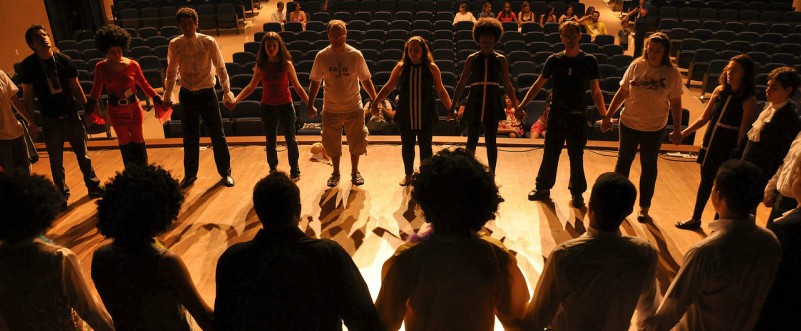This Week’s Insights: Is Hollywood’s audience problem really a failure to focus?… A way of appreciating opera that celebrates its failings… When you’ve vacated your hall and the audience won’t follow… Theatre of the living room.
- Hollywood’s Audience Problem: Industry leaders have recently been complaining about Rotten Tomatoes for some of its box office woes. The massively popular website, the argument goes, has reduced recommendations for or against movies to a superficial scan that doesn’t serve some kinds of good movies. But perhaps there’s a bigger issue here. Perhaps movies as a genre have gotten beyond the mass general audience paradigm. “The real problem is much bigger than Rotten Tomatoes—it’s that so much of Hollywood is now fixated on capturing the widest audience possible with every film. Blockbuster action movies, superhero franchises, jolty horror pictures, and animated family films that can draw large crowds are the order of the day.” In an era when niche projects can serve specific audiences specifically, perhaps it’s a mistake to be trying to make one-size-fits-all fare. Is there in fact any such thing as one-size-fits-all anymore?
- If You’d Never Been A Regular To The Opera Before, How Might You Describe It? Richard Smith takes a stab at it: “This is hard to explain because opera is usually ridiculous in many ways. The stories are either implausible to the point of being silly or opaquely deep – and this particular opera was silly to the point of being ludicrous.” He follows with a list of essentially reasons why opera shouldn’t work: “One would think that in an era of immersive realities, opera would have tried to aim for higher levels of verisimilitude, would have become grittier and true to life, but in the age of cinema, the opposite happened. Twentieth-century opera became more amorphous, less plot-driven.” And finishes up by extolling the very personal reasons opera is so compelling to him. He describes, in effect an art form that isn’t trying to be all things, and that requires you to recognize its limitations even as you celebrate its glories.
- What Happens When Your Audience Won’t Follow You To A New Venue? Zurich’s amazing Tonhalle Orchestra has to vacate its home for three years while it undergoes a renovation. But it’s playing in a smaller hall (by 300 seats) and one-fifth of its concerts have been canceled. Is this a venue problem?
- Immersive Theatre In Your Living Room: So who needs theatres anymore? More and more, theatre is stepping out of… well, the theatre, and into someone’s living room. Or your basement, if you’re the producers of these immersive theatre nights in the Bay Area. What if you and the other 20 people there hate the show? Well, there’s food. “Pre-show offerings include wine, cheese and charcuterie. Post-show a whole buffet is served.” In the age of context-is-everything (or at least a lot) the outside-the-box theatre experience is finding new fans. The question is what are they coming for (and does it matter?).

Leave a Reply